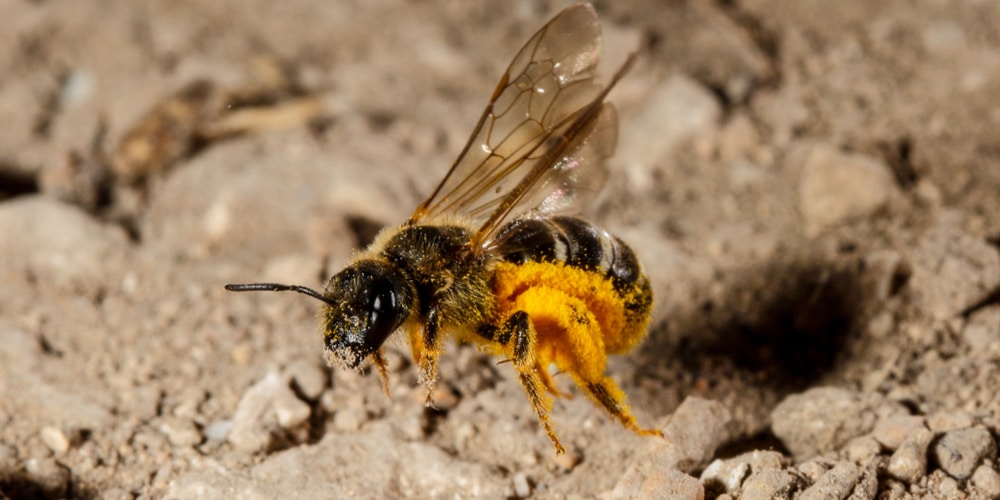The world takes on a different hue when the sun dips below the horizon and night falls. The air grows cooler, and the sounds of the daytime animals give way to the nocturnal chorus of crickets and owls.
For many creatures, night is the time to rest and recuperate from the hustle and bustle of the day. But what about bees? Do they retire to their hives when darkness falls, or do they continue to buzz about under the cover of night?
Interestingly, most bees are not active during the night. While they can technically fly, flying without seeing anything is another story. Without the sun to guide them, bees will have difficulty flying at night.
During the day, light reflecting off pollen particles and flower petals help bees see where they’re going. But at night, there are no reflections to guide them.
Why Can’t Bees Fly At Night?
There are a few reasons why most bees can’t fly at night. Some of which are:
Bees Are Diurnal
Most bees are diurnal, meaning they are only active during the day. This is likely because their primary food source, nectar, is only available during daylight hours.
While some nocturnal flowers exist, they tend to be much less common than their diurnal counterparts. This means there aren’t as many options for night-time foraging, and bees would have to fly further to find food.
Bees See Differently
Bees see the light differently than we do. Humans have two eyes that see colors differently, which our brain then combines to form a single image. On the other hand, Bees have five eyes that each see light differently.
Two of these eyes, called compound eyes, are large and wrap around the bee’s head. These give the bee a wide field of view but cannot see fine details. The other three are simple eyes, and they sit in a triangle on top of the bee’s head.
Because of how they see light, bees are more sensitive to ultraviolet light than we are. This means they can see patterns on flowers we can’t, like the ultraviolet rays that reflect off nectar that guides them to food.
Prone To Predators
Bees are a popular food source for many animals, including bats, birds, and lizards. Many of these predators are nocturnal, so that bees would be more vulnerable to them at night. In addition, bees have poor eyesight and wouldn’t be able to see predators coming until it was too late.
Are There Nocturnal Bees?
A few species of bees are active at night, but they are the exception rather than the rule. One of these is the sweat bee, which gets its name from its habit of drinking human sweat.
Sweat bees are small, dark-colored bees that are common in North America. They are attracted to the salt in sweat and often land on humans to drink it.
While sweat bees are active at night, they don’t fly in the dark. Instead, they wait until dusk to begin foraging. This means they are only active for a few hours after the sun goes down.
Other nocturnal bees include some species of bumblebees and mason bees. However, these bees are not true night-flyers either. Bumblebees begin foraging at dusk, while mason bees fly only on moonlit nights.
Can bees fly at night: Final Thoughts
Overall, it seems that most bees can’t fly at night. This is likely due to a lack of food sources available at night, differences in how they see light, and their susceptibility to predators.
However, a few species of bees are active at night, primarily sweat bees. These bees don’t fly in the dark but begin foraging after the sun goes down.
Related article: How to Get Rid of Sweat Bees Around Pool


